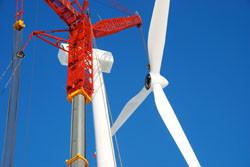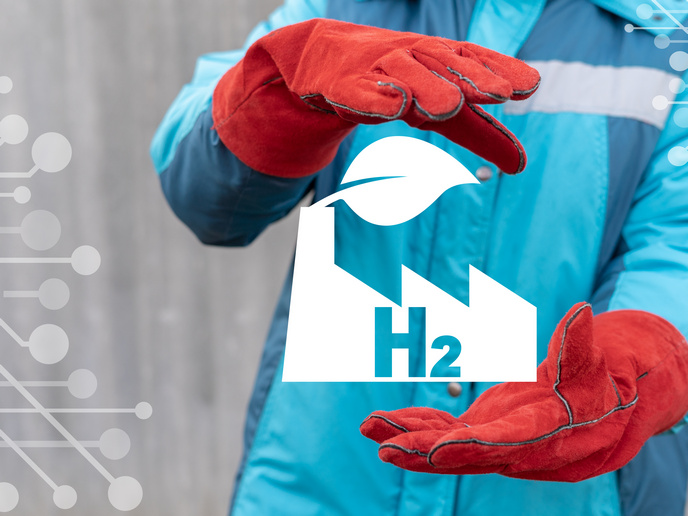New inspection technology for wind turbines
Wind energy is a rapidly growing industry and the number of wind farms is increasing. Therefore, new inspection techniques with reduced operating costs and greater reliability are currently being sought out. Funded by the EU, the project 'Development of advanced shearography system for on-site inspection of wind turbine blades' (DASHWIN) provided wind energy operators with a quick and effective means to inspect WTBs on the monopile. The newly developed system consists of an advanced shearography inspection unit and a robotic deployment platform. The inspection system provides a rapid, high-resolution non-contact means of reliably inspecting composite wind turbine plates for surface and subsurface defects. A robotic manipulation system — designed to withstand strong winds — can carry and deploy the integrated digital shearography system on the wind tower. The robotic platform and the shearography system are controlled by an inspection operator on the ground, thus eliminating the danger of working at a height. Scientists developed a software package for remote control of the whole system, data acquisition and transfer, image processing, results interpretation and information storage. Furthermore, they developed comprehensive algorithms and procedures for phase extraction from shearography fringe patterns and for compensating the WTB rigid body motion during inspection. DASHWIN represents the first time a shearography system will be used for inspecting WTBs. It should improve the detection of cracks, disbanding, delamination and other defects in the composite material with which turbine blades are constructed. This will help reduce the likelihood of mechanical failure, thereby preventing costly repairs, lost revenue and even possible human casualties. The DASHWIN system was tested at the field of an operating wind turbine in Greece, demonstrating the capability of the system. Except for WTB inspection, the system can find wide application in other sectors that can benefit from gaining an accurate picture of large-surface areas. These include inspection of aircraft wings and examination of bridges under traffic load. Main dissemination activities include the project website, a promotional video and a number of publications.
Keywords
Wind turbine blades, in situ inspection, shearography, robotic platform, large-surface areas







